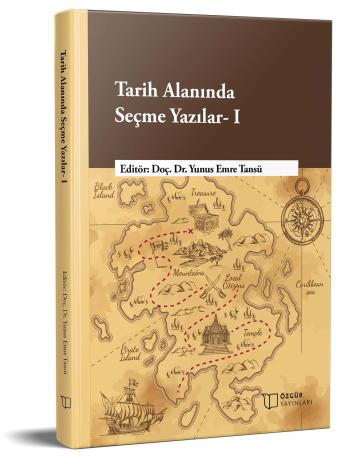
Umera and Judiciary in the Ottoman Province: Representation and Trial of the Executive Power at Konya Court (1701-1702)
Chapter from the book:
Tansü,
Y.
E.
(ed.)
2023.
Selected Papers in the Field of History- I.
Synopsis
CT
The executive power was represented by the beylerbeyi and the sanjak-bey, that is, umera (ehl-i örf) in the Ottoman provincial administration. In the provinces, there were qadis to represent the judiciary. The relations between these two powers were very important in the maintenance of the local administration. So, how was the representation of the executive in legal matters in the Ottoman provinces? What was the attitude of the judiciary in cases where the executive was a party? The aim of this study is to reveal how the cases that were heard in the Konya court at the beginning of the 18th century and that concern the executive power worked. To discuss the role of the governor of Konya in the judicial processes through the mutesellims and mubasirs. In order to achieve these goals, the book number 39 belonging to the Konya court, which was transcribed beforehand, will be used. This study, which aims to reveal the legal relations between the executive and the judiciary in the Ottoman provinces, will make an analysis on a micro scale. Two different litigation process, which gives the impression that it is more of a political case, will be discussed in terms of reflecting the relations between the executive and the judiciary with the case analysis method.

